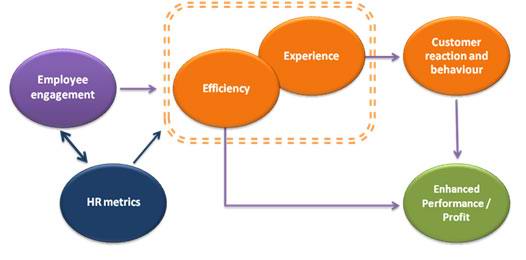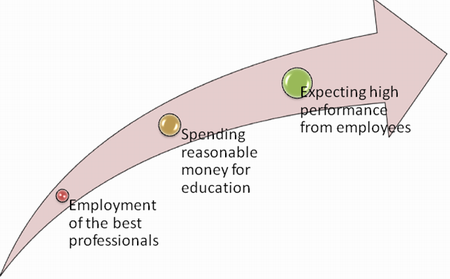Do you know how often a good HR department should measure its performance? This generally depends upon how productive its work is. Thus, if you instinctively feel that your company needs improvement, then you are bound to set up specific HR metrics that will help you identify those factors, which prevent you from reaching your business goals. These indicators will also show those areas, which may be successfully enhanced in order to meet the current needs of your company and personnel.

Actually, the choice of HR metrics is nearly unlimited nowadays. However, this does not mean that you should apply as many of them as you wish. The thing is that the more metrics you will select, the more puzzled you will be. This is because they will prevent you from getting an insight into the performance of your HR department. A better alternative is to establish only those HR metrics that have the most obvious impact upon your business. With this purpose, you should consider not only the metrics you will use in the process of assessment, but also the methods of gathering the required data and the ways of calculation you will need. You should also decide how exactly you will interpret the results in order to solve the most urgent HR problems.

Some of the most widespread HR metrics found in lots of organizations include absence rate, program costs for one employee, total revenue and that for one worker, compensation rates, cost per hire, level of employee satisfaction, return on investments, training hours, utilization percent, turnover rates, yield ratio etc. These are only a few metrics applied nowadays. However, not all of them are considered crucial enough to be established in each company.
What are the most vital HR metrics then? They are recruiting, retention, training and development and staffing. Let us provide a closer insight into each of them. Recruiting human resources metrics are meant to measure actions related to successful personnel employment. Managers, who are going to evaluate this process, typically make use of the following variables: turnover rates of new employees, recent hire effectiveness, poor hire effects, return on workforce investment etc.
HR retention metrics frequently evaluate significant turnover aspects by quantifying such variables as average tenure, turnover rate and its financial impact, the amount of veteran workers etc. As a rule, results obtained through this procedure show how much money a company invests into each employee and helps the managers work out plans that will help retain the most productive and proficient workers.
When it comes to training and development HR metrics, it is important to note that they are used to enhance learning and coaching processes. They involve such measurements as the amount of money and time spent on training activities, professional orientation etc. and demonstrate how efficient and successful the coaching processes are.
HR staffing metrics, in their turn, are used to calculate the total return on workforce investment. They involve the following indicators: cost per one hire, the ratio of recruiting effectiveness and the employee replacement cost. As you see, there are lots of HR metrics to be established for a quality HR performance analysis.